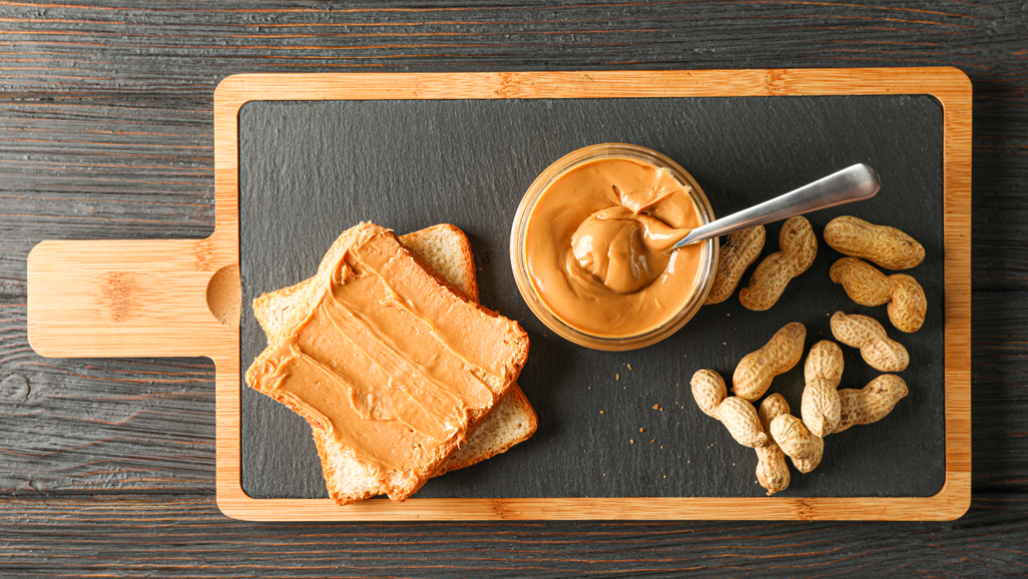Questions for ‘New success in treating allergies to peanuts and other foods’

Many children love peanuts and the “butter” made from them. But for some people allergic to these legumes, it can take less than a third of a peanut (or its equivalent) to trigger a dangerous allergic reaction.
AtlasStudio/ iStock/Getty Images Plus